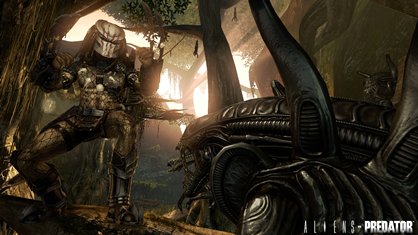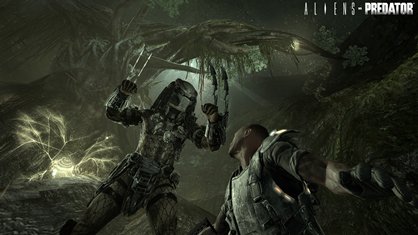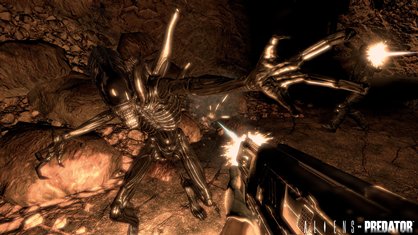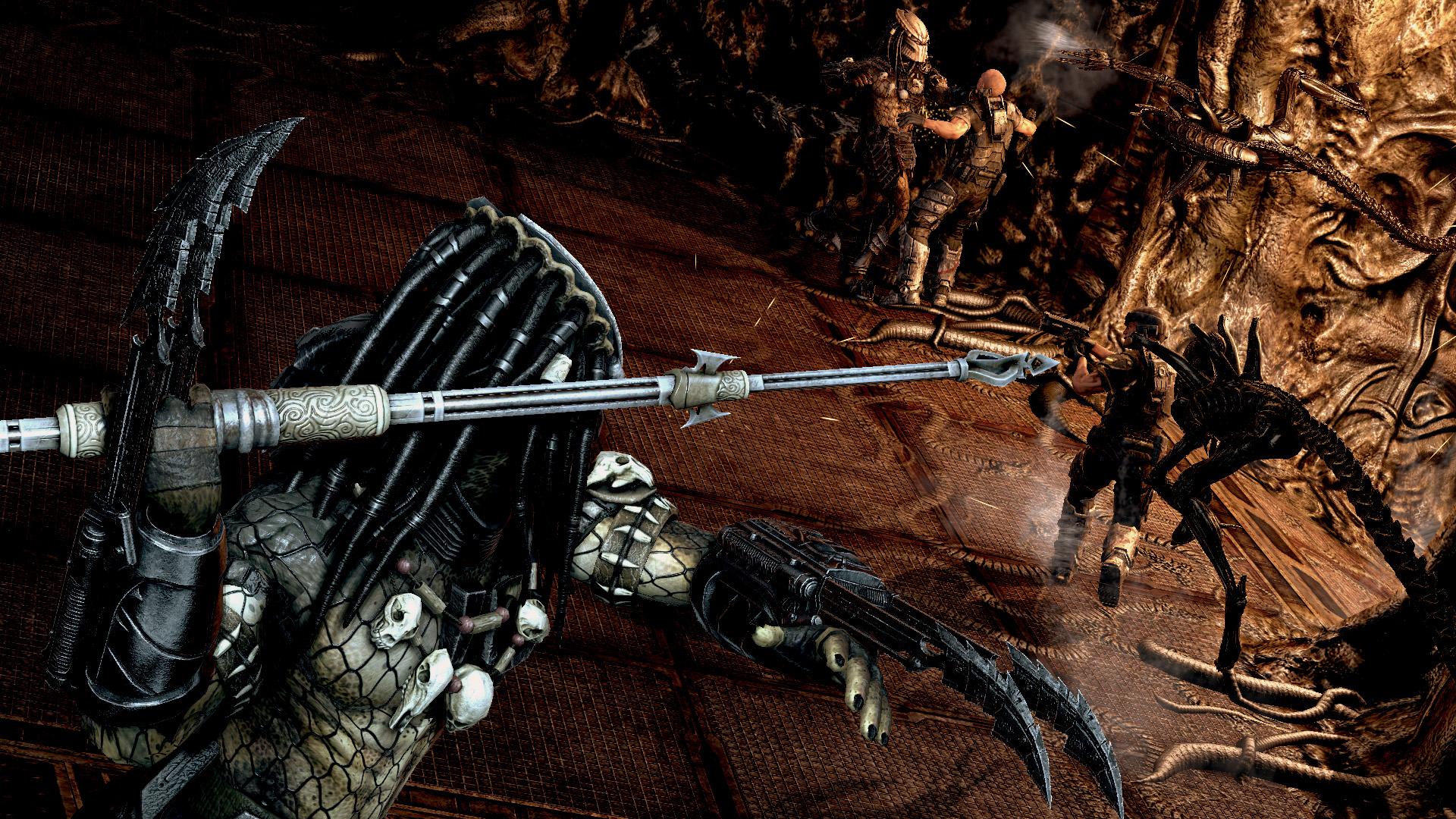Why you can trust GamesRadar+
That’s the cast, of which some work better than others. The Marine’s campaign has clearly had the most time, care and attention paid to it. It’s the longest of the three and features real voice actors, where the others use subtitles and squeaks.

Your odds are regularly shaken up, ensuring that you spend enough time genuinely fearing the blinking dots on your motion tracker, cowering and starting at the flickering shadows cast by your tossed flares, and enough time happily and fearlessly popping their acid-filled phallic heads with grenades and smartguns. It’s worth mentioning just how pretty Giger’s skittering sex metaphors are, too. Great greasy things are the aliens, moving unpredictably along walls and ceilings, at all times beautifully animated and intricately detailed. As absurd as it sounds, their flowing, flicking tails are their most convincing component, snaking behind their skeletal forms as they corner and leap from surface to surface.
No matter who you choose to play as, the campaigns are linear, checkpoint-pocked trots from one area to the next, and one from which every ounce of fat has been trimmed. AvP’s campaigns are worryingly short – you could race through the Alien campaign in under two hours, and the Marine’s in four – but they’re densely packed with well-constructed set pieces, engineered scares and often striking locations.

The Predator campaign, in particular, is almost puzzle-like in delivering small arenas of patrolling humans and tasking you with murdering the lot of them. Your distract ability allows you to target a single marine and lure him to a point using a voice recording, a highly telegraphed but useful tactic which creates an opportunity to grab and violently dismember the wandering victim.
Aliens grab too. And where Predators jab wristblades into eye sockets, aliens spear chests on barbed tails and plunge their inner mouths through foreheads to regain health. You’ll gag on your own nostalgia gland as, when playing as the Alien, you realise you can still slash limbs off corpses and leave them lying about the place for their friends to find. Scooting up and down walls is at first disorientating, but soon becomes second nature – and as long as you’re in the dark you can take a moment to relax and figure out if you’re upside-down or not. Darkness effectively makes you invisible to marines who aren’t alerted to your presence, working very much like the Predator’s cloaking device. Once they know you’re nearby however, they’ll poke about with flashlights until they’ve found your hiding place, requiring you to move and jump between shadows, hissing to lure individuals before tearing their faces off in showers of blood, skin and bone.

So those are the campaigns. Three discrete experiences, each one adapted to suit the mechanics of its given species, with the Marine’s more fully realised than the others. Number Six’s journey ends all too abruptly, and does away with the fun larval stages in AvP2. The Predator’s amazing and explosive murder-jaunt, on the other hand, doesn’t offer the level of tension you experience as a huddled, terrified Marine. What it offers instead is glorious disgust. Hitting those fear-notes by draping silhouettes of scary objects in front of you is something Rebellion excel at, and the Predator campaign, while a panacea for the feeling of vulnerability you’re left with having finished the Marine section, certainly isn’t where AvP’s best bits lie.
They lie instead in the game’s multiplayer, a collection of game modes lifted from the popular sports of the day: straight deathmatch; a Left 4 Dead-style Survival mode in which you and three other marines defend yourselves against waves of xenomorphs; a Domination game mode in which aliens and marines fight to control three points of the map; Infection, in which a team of marines is whittled down by aliens, with each fallen human joining the ranks of the increasingly powerful alien brood; and Predator Hunt, which pitches one player as the Predator, slaughtering other players before passing the mantle on to the one who bests him in battle.
Weekly digests, tales from the communities you love, and more

Crucially, they all work within the context of the three characters and their abilities. Survival is the co-op mode you dreamt of after watching Aliens – a desperate last stand against an unending tide of flashing claws and teeth. It’s a basic, boiled down affair though, featuring nought but players, their guns (with an occasional autoaiming, xeno-seeking smartgun drop), and an endless supply of angry, angry scuttling enemies.
More info
| Genre | Action |
| Description | This revival of the classic FPS is deliriously gory, unwaveringly confident and spectacular fun. And, at the very least, it’s far better than the horrid AvP films. |
| Platform | "Xbox 360","PC","PS3" |
| US censor rating | "Mature","Mature","Mature" |
| UK censor rating | "18+","18+","18+" |
| Release date | 1 January 1970 (US), 1 January 1970 (UK) |

Steve Hogarty is a London-based freelance journalist covering games and technology. His bylines have appeared in publications including GamesRadar, The Independent, Yahoo, VICE, Eurogamer, and more. He is also the co-host of the pocast, Regular Features.



